Demystifying Deepfakes: A Comprehensive Guide
 Sarthak Pattnaik
Sarthak Pattnaik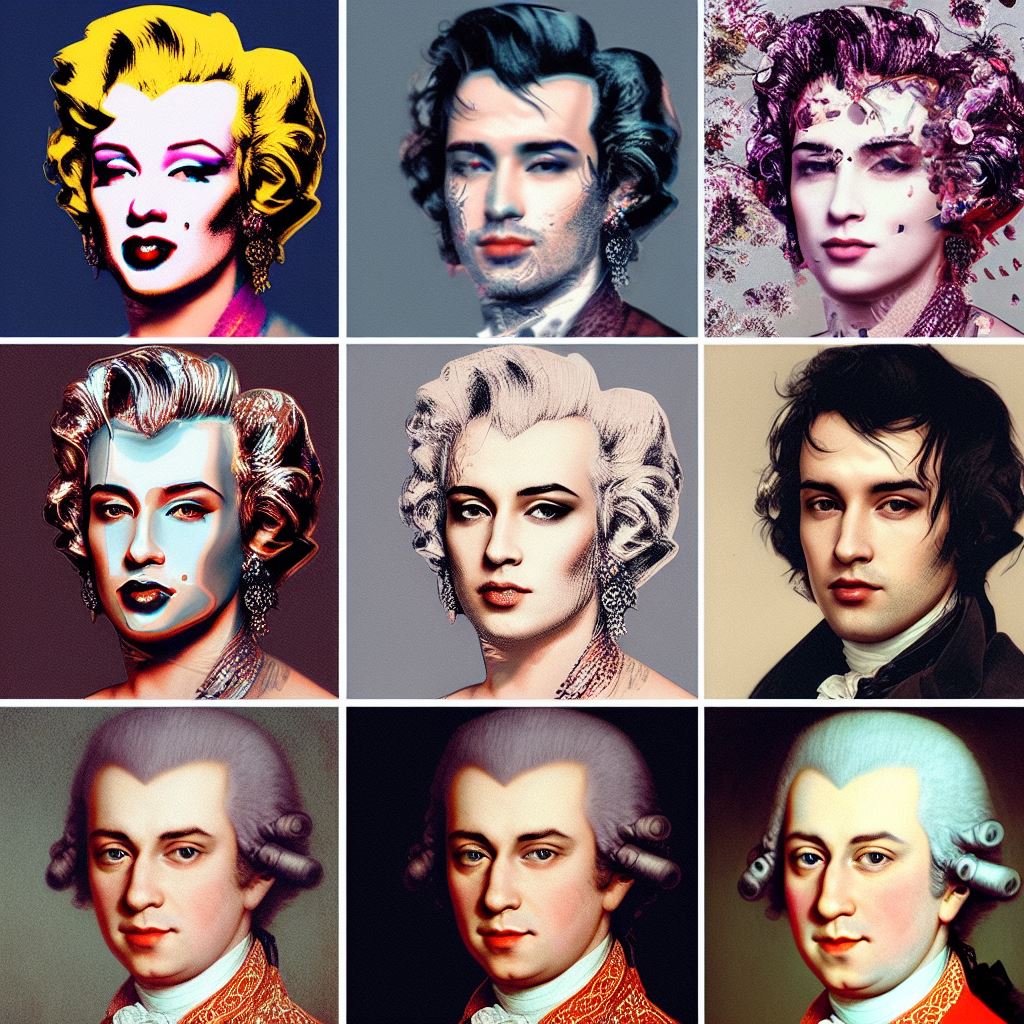
Introduction
Deepfake videos have become a concerning issue in the digital age, leveraging the power of artificial intelligence (AI) and machine learning to create realistic-looking videos with altered appearances and voices. This article delves into the world of deepfakes, exploring their creation process, the threats they pose, and methods to detect them, as well as tools for defense.
What is Deepfake?
Deepfake videos are a type of manipulated or forged video content that uses artificial intelligence (AI) and machine learning techniques to create realistic-looking videos in which the appearance and sometimes even the voice of a person are convincingly altered. The term "deepfake" is a combination of "deep learning," a subset of machine learning, and "fake."
How deepfake videos are made?
Data Collection
Deepfake creators require an extensive collection of data to initiate the process. This dataset often includes a substantial number of images and audio clips featuring the target person.
Training the Model
The collected data is then used to train sophisticated machine learning models, specifically deep neural networks. Through this training, the AI system learns to replicate the target person's facial expressions, vocal nuances, and mannerisms.
Generation
Once the AI model is effectively trained, it can begin to generate manipulated content. The most common application of deepfake technology involves mapping the target person's face onto another individual's face in a video. This results in a video that seemingly portrays the target person saying or doing things they never actually did.
The Looming Threat

The rise of deepfake technology has raised alarm bells due to its potential for misuse. These manipulated videos can serve a range of sinister purposes, including:
Misinformation and Disinformation: Deepfakes can be exploited to spread false narratives, deceive the public, and undermine trust in legitimate sources of information.
Identity Theft and Harassment: Individuals can fall victim to impersonation and character assassination, as deepfakes are used to manipulate their likeness in compromising situations or making false statements.
Propaganda and Political Manipulation: Political adversaries may use deepfakes to tarnish the reputation of rivals, sway public opinion, or distort the truth in the political arena.
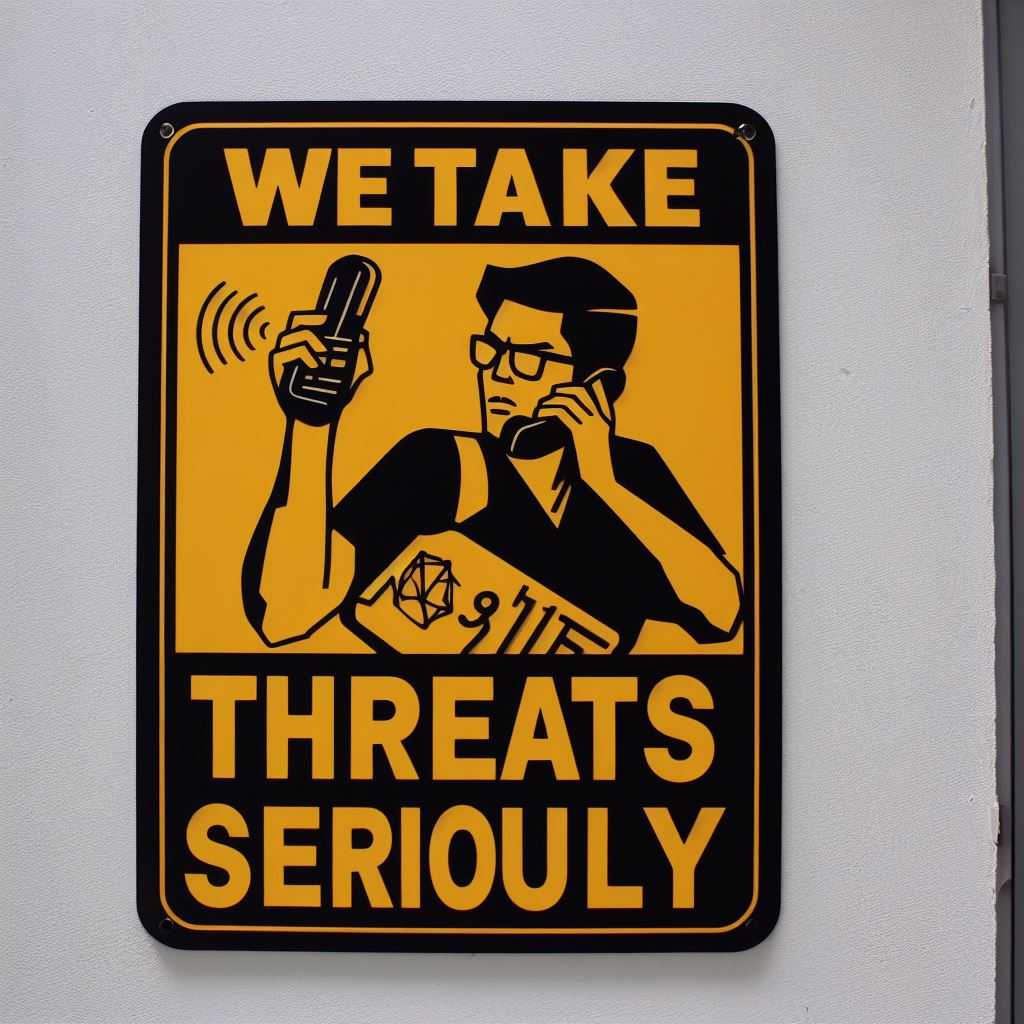
How to detect Deepfake?
Blink Frequency
Watch for how often images blink in a video. Real people blink and move their eyes naturally, while deepfakes may blink less often or in an unnatural way.
Face-Body Discrepancies
Deepfake tech mainly changes faces, so check for mismatches in body proportions or differences in expressions and body actions.
Video Duration
Real videos are longer, capturing real events, while deepfakes are usually shorter, often just a few seconds, due to the complexity of creating them.
Sound and Vision
Focus on the video's sound. Changing audio is tough for software. Be cautious if there's no audio or if it doesn't match the visuals, especially the lips.
Mouth Matters
Check the mouth's fine details like the tongue, teeth, and oral area. Deepfakes struggle with these. Blurriness or oddities inside the mouth may hint at a fake image.
Do We Have Tools to Detect Deepfakes?
Deepfake videos are a growing problem, but there are tools in the works to spot them. These tools are getting better at telling real from fake. As we face this challenge, improving our detection methods is key to keeping digital info safe.
Here are some tools you can use to protect yourself
Sentinel
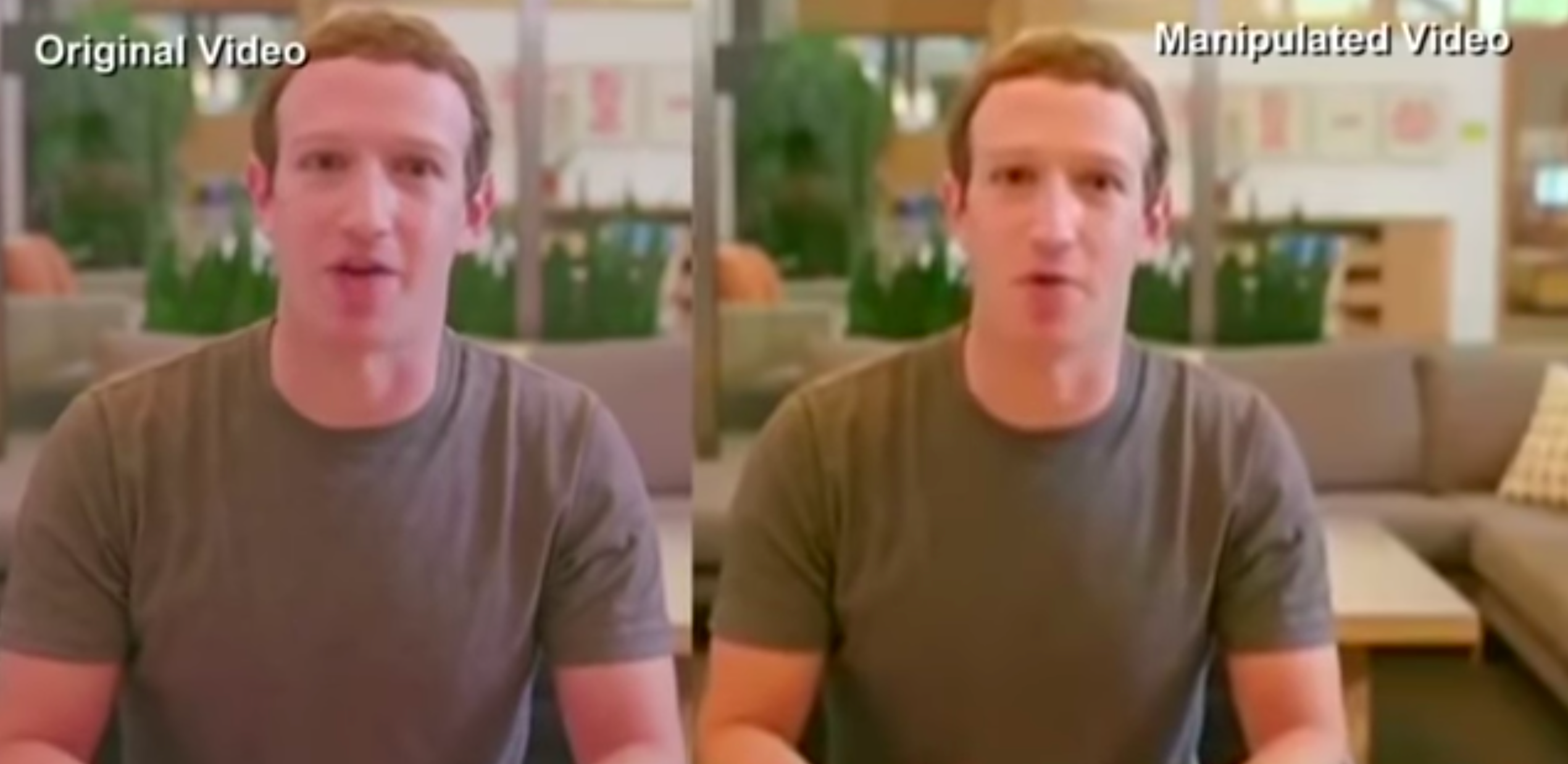
Intel’s Real-time Deepfake Detector
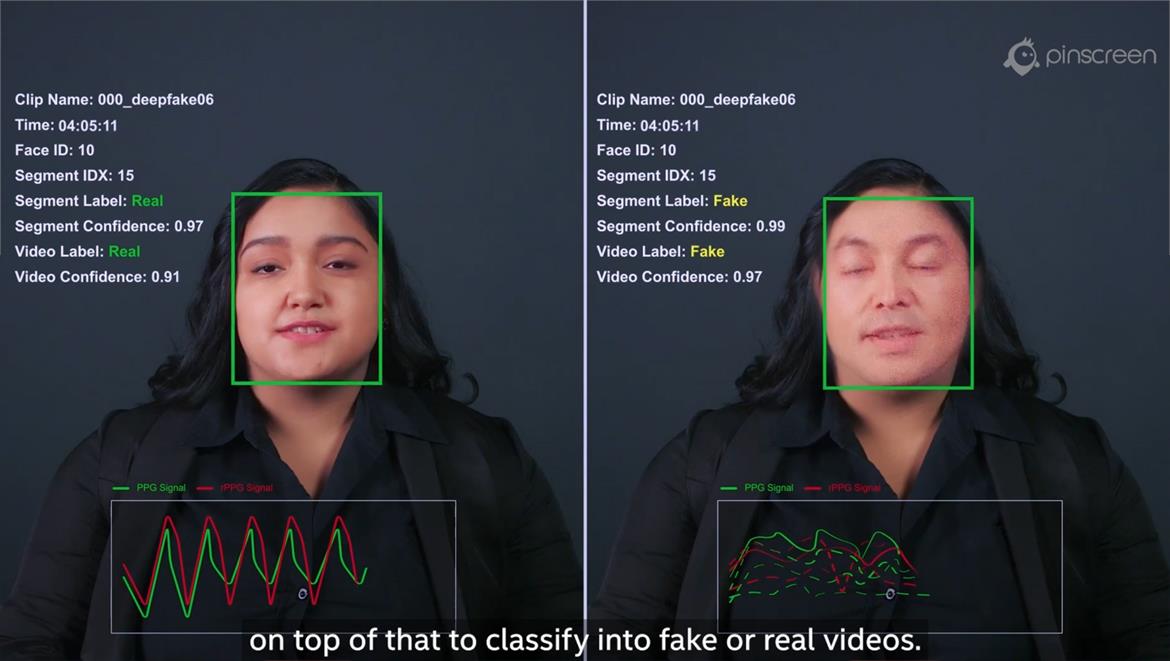
WeVerify
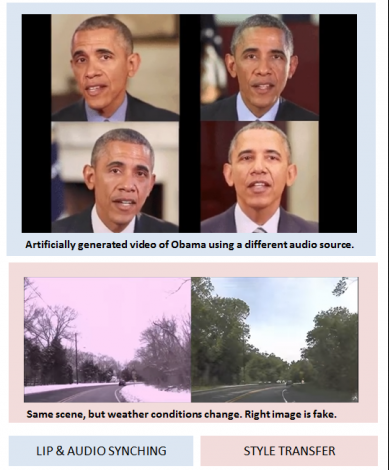
Microsoft’s video authenticator tool
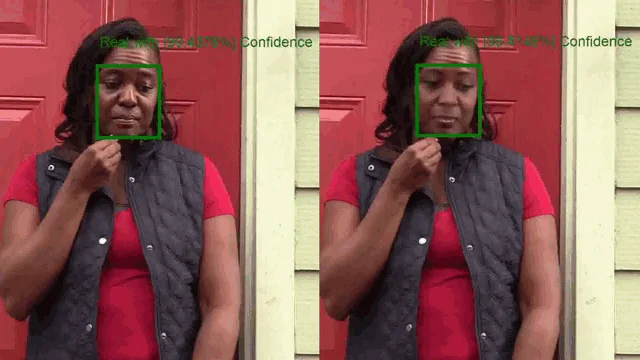
Phoneme-Viseme
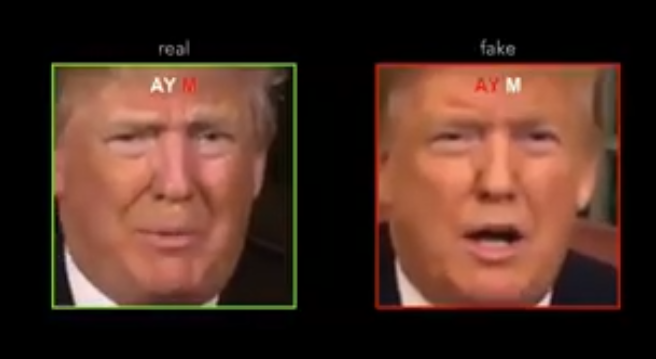
Conclusion
While these tools are instrumental in the battle against deepfakes, it's important to stay informed and use them in conjunction with a critical eye to ensure the digital landscape remains trustworthy and authentic.
Thanks for reading. 🤝
Subscribe to my newsletter
Read articles from Sarthak Pattnaik directly inside your inbox. Subscribe to the newsletter, and don't miss out.
Written by

Sarthak Pattnaik
Sarthak Pattnaik
Unleashing the power of code in its natural habitat 🚀 | Software Engineer & Architect 💻 | ML Enthusiast 🤖 | Game Design Maverick 🎮 | Crafting the future one line of code at a time! 🔮✨